FAQ'S
Here are a few tips to get you started…
We can print using almost any image provided, even something scribbled straight onto a napkin! However, the final printed result will only be as good as the original.
While it helps to know your vectors from your gifs it is only really essential to know that a low-resolution image (easily identified by its small file size) won’t print well. For example, a small image copied from a website and supplied to us as artwork for printing large on the front of a Tee or a Hoodie will provide unacceptable results and unhappy customers.
What format should you supply artwork in?
Your artwork can be supplied in a number of formats but for the best results artwork should be supplied in vector format (EPS, AI, CDR, PDF) or layered photoshop files (PSD). Make sure any typefaces are converted to “outlines”, (also known as paths) or “rasterized” if using photoshop. This will avoid special typefaces corrupting when the artwork is received at this end. Compressed file types such as JPEG, GIF or PNG are not ideal and are only really suitable if the image is of hi-resolution. If you do not have your artwork in the recommended formats don’t worry… we can usually help.
Multicolour Artwork
If your design has more than one colour and is to be screenprinted it must undergo a process known as separation. Each colour in your design must be carried on a separate screen, through which the desired ink colour is applied to the garment. More often than not, designs are simple enough to separate without additional charge. However, complicated designs such as photographic images require a great deal of attention and are subject to additional charge. Unless you are familiar with the separation process we would not recommend attempting this yourself.
Text & Typography
If you are working in a vector based design programme such as illustrator you should convert any fonts in your designs to paths (sometimes referred to as outlines), before you send us the artwork file. This will prevent fonts not held on our systems from defaulting to to a standard typeface.
Pantone Colours
Pantone (PMS) colours are required most commonly for corporate logos. These colours have a numerical reference that denotes the very specific colours that make up the logo.
You should always supply these pantone reference numbers in all cases where the company or clients you represent have specific corporate colours.
